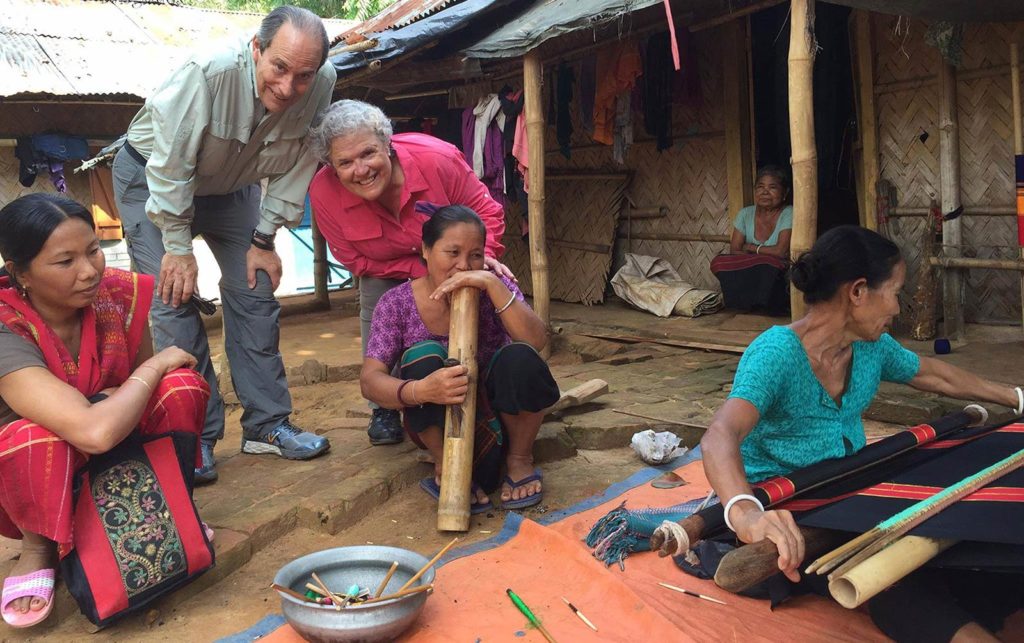Winter Tour Ideas in Bangladesh: Best Places to Visit from November to February
Bangladesh transforms into a traveler’s paradise during the winter months from November to February. With comfortable temperatures
Tourism in developing countries has long been recognized as a vital industry with the potential to bring much-needed economic benefits, especially to rural and remote communities. However, many of these communities lack the knowledge and resources to participate effectively in tourism development without external assistance. The introduction of sustainable tourism has provided a framework to address this gap. Concepts like self-reliance, community participation, and empowerment have been integrated into national development strategies, offering new hope for rural economies.
Despite the good intentions, many policies surrounding community-based tourism (CBT) have not fully delivered on these promises. For CBT to succeed, it needs robust mechanisms to ensure that policies are effectively implemented. This article will explore the various aspects of CBT, focusing on its objectives, guiding principles, and challenges, as well as providing insight into its future potential.
Community-Based Tourism (CBT) refers to tourism initiatives that are owned, managed, and operated by the community. It focuses on ensuring that the benefits derived from tourism go directly to the community itself, enhancing local economic development, preserving cultural heritage, and fostering environmental sustainability. Unlike conventional tourism, which often leaves minimal benefits to the local population, CBT seeks to maximize the positive impact on local communities by encouraging their direct involvement.
The objectives of CBT policies are multi-dimensional, addressing both the economic and social aspects of community development. The key objectives include:
CBT is built on internationally recognized principles, ensuring that tourism benefits local communities while allowing visitors to have meaningful interactions. Some of the key guiding principles include:
The success of CBT depends on setting clear and achievable goals. The main goals include:
Public policy plays a crucial role in the success of community-based tourism. Policies related to tourism development must be carefully crafted to ensure that they are inclusive, transparent, and sustainable. However, many tourism policies have been criticized for lacking meaningful community participation. Policies must go beyond mere statements in documents; they need to provide concrete mechanisms for empowering communities and ensuring that they have a voice in the decision-making process.
A policy that is perceived as illegitimate by the community is unlikely to succeed. To ensure legitimacy, governments need to involve local communities in both the creation and implementation of tourism policies. This can be achieved through partnerships, consultation processes, and ongoing dialogue between all stakeholders.
Despite the potential benefits, CBT faces several challenges, including:
Participation is a central concept in CBT. The idea is that communities should be involved in the planning, management, and ownership of tourism initiatives. However, participation can vary in its effectiveness. In some cases, participation is limited to community members attending meetings without having any real power to influence decisions. In other cases, community members have a more active role, directly managing tourism projects and reaping the benefits.
For CBT to succeed, strong community participation is essential. This includes giving communities control over how tourism is developed and managed, ensuring that they receive direct financial benefits, and building capacity within the community to manage tourism activities effectively.
A successful policy framework for CBT includes several key elements:
CBT offers numerous benefits for local communities, including:
As the world becomes more conscious of the environmental and social impacts of tourism, community-based tourism is likely to grow in popularity. The demand for authentic, sustainable tourism experiences is increasing, and CBT is well-positioned to meet this demand. However, for CBT to thrive, there must be ongoing investment in capacity building, infrastructure development, and policy support.
In the future, we may see more innovative CBT models that incorporate technology, such as virtual tours, digital marketing, and online booking platforms. These innovations can help small, community-led tourism initiatives reach a global audience, increasing their potential for success.
Community-based tourism represents a powerful tool for rural development, offering economic, social, and environmental benefits to local communities. However, for CBT to reach its full potential, it requires strong community participation, supportive public policies, and the capacity to manage tourism initiatives effectively. With the right support, CBT can provide a sustainable and equitable form of tourism that benefits both communities and visitors alike.
